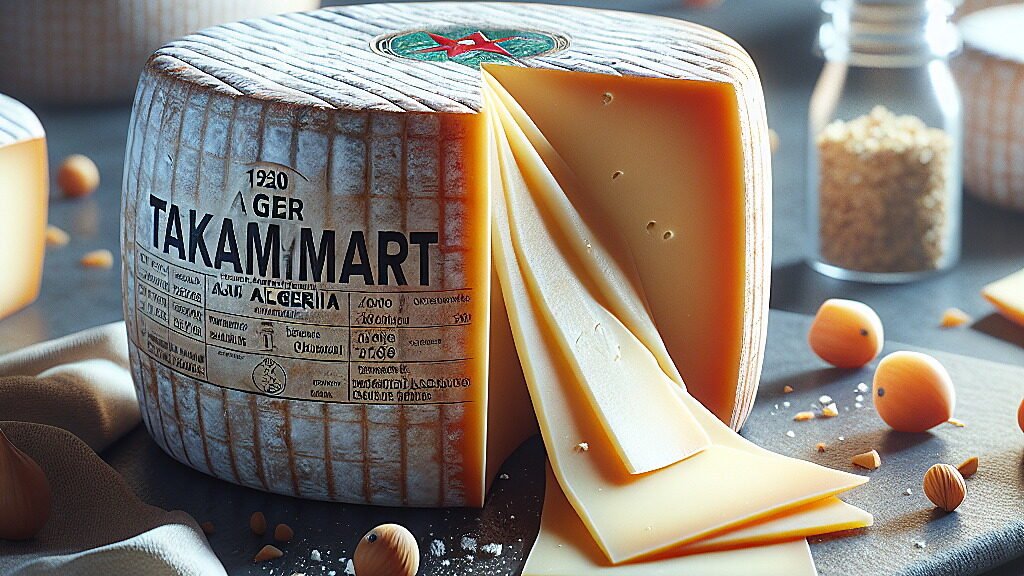Firm Crumbly Cheese
Definition and Scope
Firm crumbly cheese is a category defined by its texture and moisture content. These cheeses typically contain 30-40% moisture, allowing them to crumble easily while maintaining structural integrity. They occupy a middle ground between soft fresh cheeses and hard aged varieties in cheese taxonomy.
The category includes both rindless varieties and those with natural or cloth-bound rinds. Production methods range from traditional farmhouse techniques to modern industrial processes. These cheeses are distinguished by their ability to break apart under light pressure without being granular or powdery.
Production Methods
Firm crumbly cheeses begin with acidification and rennet coagulation of milk. The curd is cut into small pieces and gently stirred to promote whey release. This careful handling preserves the delicate protein structure that creates the characteristic crumbly texture.
Pressing is typically light and brief compared to hard cheeses, lasting only a few hours. Aging periods range from several weeks to a few months, during which the cheese develops its full texture and flavor. The final moisture content is carefully controlled through salting and drying processes.
Sensory Profile
The texture presents as moist yet easily breakable, with visible fissures and openings. When cut, these cheeses fracture along natural fault lines rather than slicing cleanly. The mouthfeel is simultaneously creamy and granular, dissolving with mild pressure.
Flavor profiles range from mild and milky to moderately sharp and tangy. Common notes include buttery, lactic, and slight earthy undertones. The balance between moisture and protein structure creates a unique sensory experience distinct from other cheese categories.
Culinary Applications
Firm crumbly cheeses excel as finishing elements in culinary preparations. They crumble evenly over salads, roasted vegetables, and pasta dishes without requiring grating. Their texture makes them ideal for incorporating into doughs and batters where distinct cheese pieces are desirable.
These cheeses melt moderately while maintaining some structural character. They work well in sauces where slight texture retention is preferred over complete homogenization. Their crumbling nature makes them perfect for sprinkling as a garnish that provides both flavor and visual appeal.
Regional Examples
English Cheshire represents a classic firm crumbly cheese with its moist, friable texture and slightly salty taste. Wensleydale from Yorkshire offers a milder version with its characteristic white, open texture. Both demonstrate the traditional British approach to this cheese style.
French Bleu d’Auvergne provides a blue-veined example with its moist, crumbly paste and piquant flavor. Greek Feta, though often brined, displays firm crumbly characteristics when properly aged. These regional variations showcase how different cultures have developed similar textural properties through diverse techniques.

